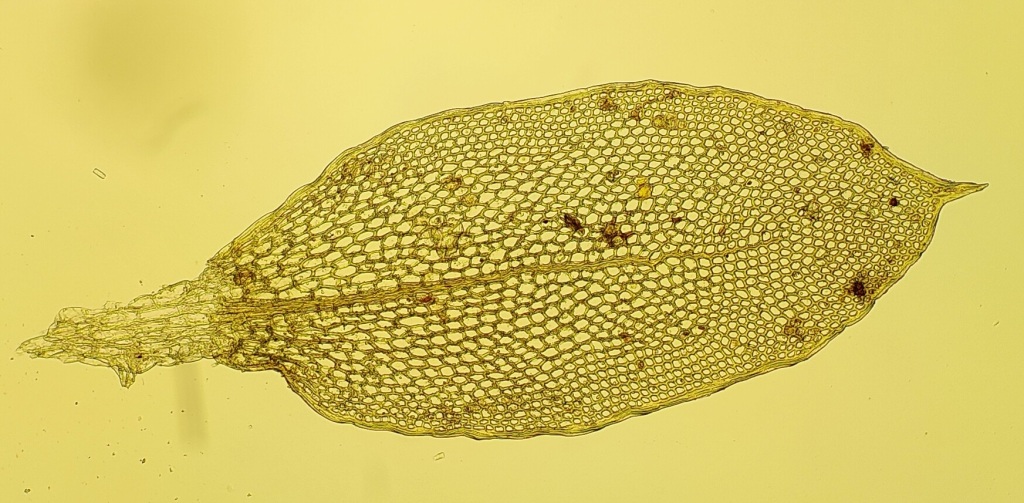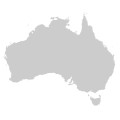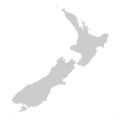Distichophyllum crispulum
(Hook.f. & Wilson) Mitt.Autoicous or dioicous. Asexual propagules absent. Loose to compact mats on soil, rocks, logs, tree roots and tree ferns, yellow-green. Stems 5–15 mm long, rarely branched, red-brown, with sparse reddish brown rhizoids. Leaves complanate, crisped when dry, oblanceolate to oblong-elliptic, 1.1–2.4 mm long, 0.4–0.75 mm wide, plane; apices apiculate; costa extending to three quarters of leaf length; margins entire or slightly denticulate, with 2–3 rows of more elongate cells forming a distinct border throughout; laminal cells in apical half away from margin hexagonal to hexagonal-rounded, 10–38 μm long, 5–20 μm wide, smooth; basal laminal cells away from margin rectangular to hexagonal, 26–65 μm long, 13–30 μm wide, smooth; marginal cells linear, 57–155 μm long, 5–8 μm wide, smooth. Setae 7–11 mm long, yellow- to red-brown, smooth, twisted anticlockwise. Capsule horizontal to pendent, oblong-cylindric, 0.7–1 mm long, pale red-brown, straight. Calyptra smooth. Operculum long-rostrate from conic base, 0.4–0.7 mm long.
GleP, EGL, WPro, HSF, HNF, OtR, Strz, HFE, VAlp. Also QLD, NSW and Cape Barren Is. New Zealand. In moist sites in wet-sclerophyll forests and rainforests east of Melbourne and south of the Great Dividing Range.
 Spinning
SpinningStreimann, H. (1999). Taxonomic studies on Australian Hookeriaceae (Musci). 2. The genera Distichophyllum and Bryobrothera. Journal of the Hattori Botanical Laboratory 86: 89–119.


